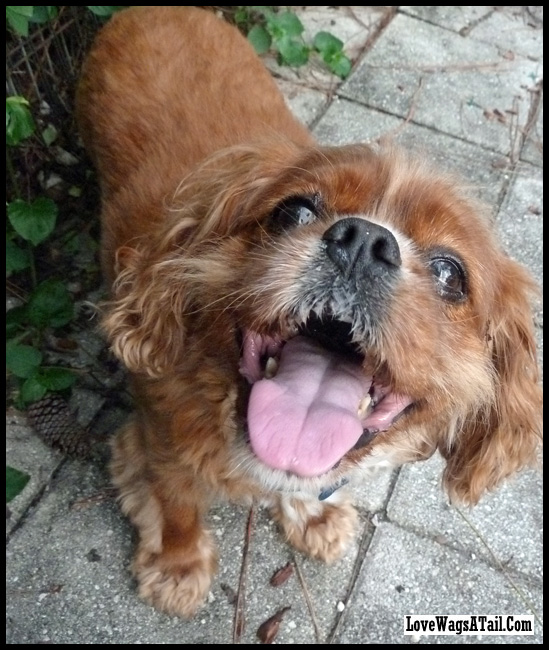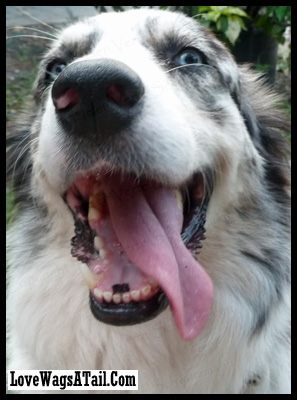 This is the second of a thread of posts I’ll be writing for those people who want to train their own dogs by taking private lessons or group classes, going home, doing the work, and coming back for more. It’s about the right stuff to harvest in yourself to become a good dog trainer. You can read he first on patience in dog training here.
This is the second of a thread of posts I’ll be writing for those people who want to train their own dogs by taking private lessons or group classes, going home, doing the work, and coming back for more. It’s about the right stuff to harvest in yourself to become a good dog trainer. You can read he first on patience in dog training here.
Having a dog training plan ready for the behavior you’re training when you step out to train your dog is very important. I bet most of us wouldn’t even think about creating a plan. Just like writing a novel, there are people who dive write in without even knowing the plot. They’re called pantsers because they write from the seat of their pants and perhaps some of them get somewhere, but when I tried it, I always got stuck in chapter 3 with no where to go. I froze. Having the plot planned out before is a way to get to the end of such a monumental undertaking! The same with traveling. Most of us wouldn’t leave the house with an address and no directions! We are lucky to have GPS devices to tell us which way to turn and where to go, thank goodness. But even so, I take a look at where I’m driving through a website like mapquest before I get behind the wheel, so I know where I’m going and what options I have to get there even with the help of a Garmin.
 So it makes sense, doesn’t it, to have an idea of where you’re going when you’re training a dog to do a new behavior? You really have to know a couple of things before you map out your plan. Where you’re starting and where you want to go. So if I have a dog I’m teaching to do a sit stay, and I know the dog can sit, and I want her to stay seated when I toss a ball in front of her, I’m going to plant obstacles along the way to build her ability and confidence in doing a sit stay when the ball is finally tossed by her. That’s like building a plot. All those plot points are challenges and what the trainer and dog face together to accomplish their goal.
So it makes sense, doesn’t it, to have an idea of where you’re going when you’re training a dog to do a new behavior? You really have to know a couple of things before you map out your plan. Where you’re starting and where you want to go. So if I have a dog I’m teaching to do a sit stay, and I know the dog can sit, and I want her to stay seated when I toss a ball in front of her, I’m going to plant obstacles along the way to build her ability and confidence in doing a sit stay when the ball is finally tossed by her. That’s like building a plot. All those plot points are challenges and what the trainer and dog face together to accomplish their goal.
When you write your dog training plan for each behavior, you’ll want to keep all this in mind: Where you’re starting, specifically what behavior you want as the result of your training, and in between, decide what incremental steps you can take with your dog to get to the goal. How many repetitions of each step will have to be right to move to the next step? How fast must you train to keep the dog interested? What do you do if the dog isn’t interested? What to do if he’s moving too fast or what about if he’s not getting it?
To be efficient and effective at training, there’s a lot to keep in mind. And making sure the dog feels safe, secure, and that you never lose patience, but keep your cool is paramount. Why? If you lose your patience and the dog fears you or the training process, it’s a long way back. And fear of training is not the dog’s fault. Keeping the dog in love with training and as an enjoyable experience for the dog is 100% the dog trainer’s responsibility.
Knowing how to write and follow dog training plans, as well as executing them, is how top pro dog trainers excel at their craft. And when you’re thinking about choosing between a do-it-yourself approach to training your dog or hiring Love Wags A Tail Dog Training as your dog’s board-and-train specialist, the latter is an excellent choice if the financial investment is possible. Because we have all of the above necessities down pat, in mind, and we make sure your dogs feels good about and enjoys learning. Dog training is our joy.
Helen Verte Schwarzmann, contact me
Certified in Training and Counseling
Certified Pet Dog Trainer-KA
Certified Trick Dog Instructor
Your Board-and-Train Dog Trainer for Weston, Plantation, Fort Lauderdale, Davie, and Hollywood in Broward county south Florida
Helen Verte
Google +
